| In both the Lake Simcoe Region (Figure 2) and Nottawasaga Valley (Figure 3) watersheds, the groundwater quality ranges from fair to excellent, with fair ratings due to chlorine amounts as opposed to NO2- + NO3- levels. This means that the Holland Marsh, an intensive agricultural area, contributes low amounts of NO2- + NO3-. |
- Lake Simcoe Region Conservation Authority. 2013. Lake Simcoe Watershed Report Card 2013. Newmarket, ON http://www.lsrca.on.ca/about/watershed_report_card.php
- Nottawasaga Valley Conservation Authority. 2013. Nottawasaga Valley Watershed Report Card 2013. Utopia, ON http://www.nvca.on.ca/watershed-science/watershed-report-cards
- Ontario Ministry of Agriculture and Rural Affairs. 2005. Factsheet - Environmental Impacts of Nitrogen Use in Agriculture. Order No. 05-073. Guelph, ON http://www.omafra.gov.on.ca/english/engineer/facts/05-073.htm#5
- Rouse, J.D., Bishop, C.A., & J. Struger. 1999. Nitrogen Pollution: An Assessment of Its Threat to Amphibian Survival. Environ Health Perspect 107:799-803
- Environment Canada. 2013. Ammonia Dissolved in Water. CAS (Chemical Abstract Service) registry number: 7664-41-7 https://www.ec.gc.ca/toxiques-toxics/Default.asp?lang=En&n=98E80CC6-0&xml=E9537B48-E09B-4FCF-8A56-F1F44B97FAE4

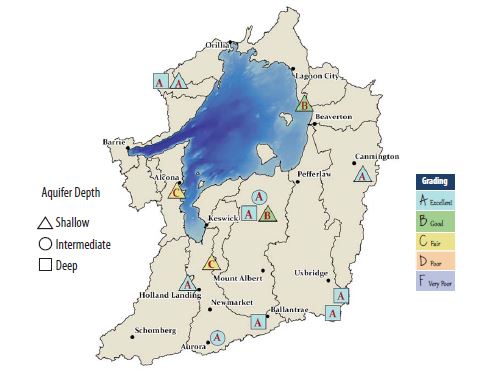

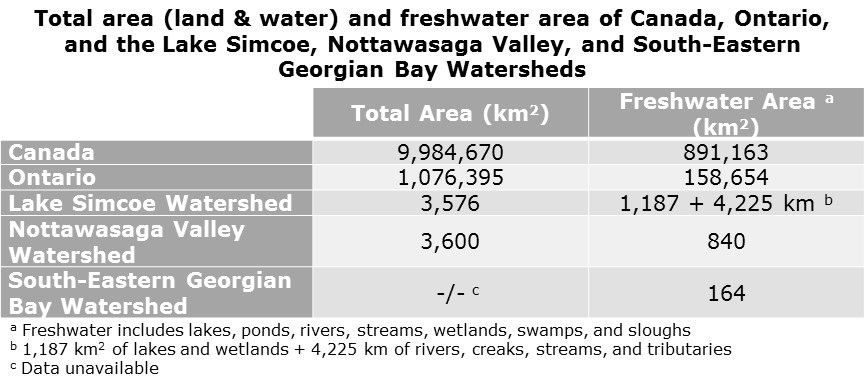

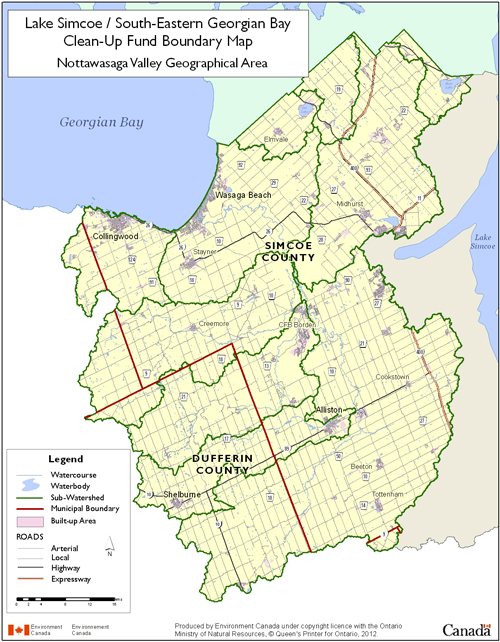
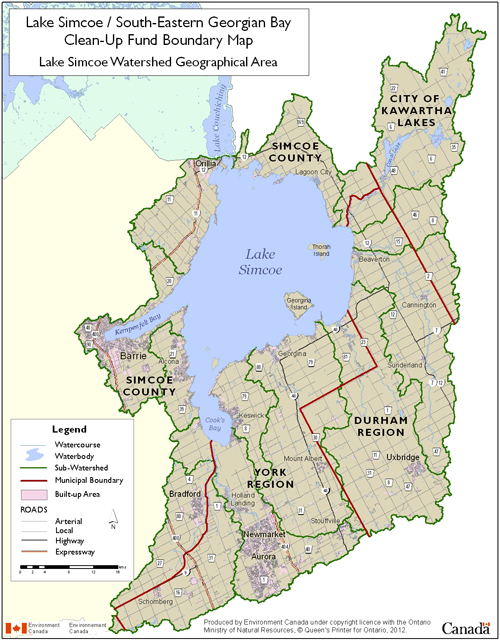
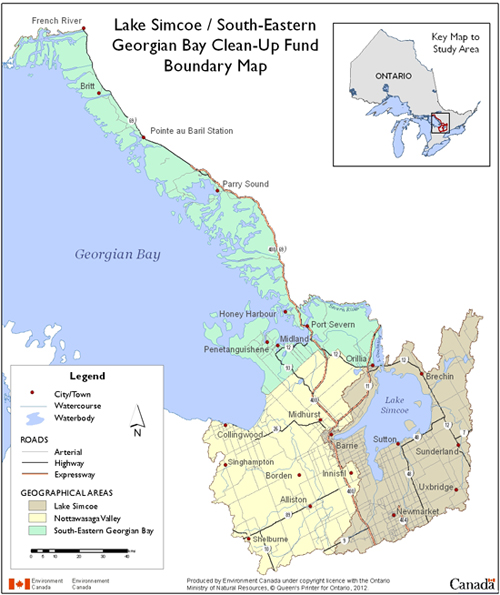
 RSS Feed
RSS Feed
